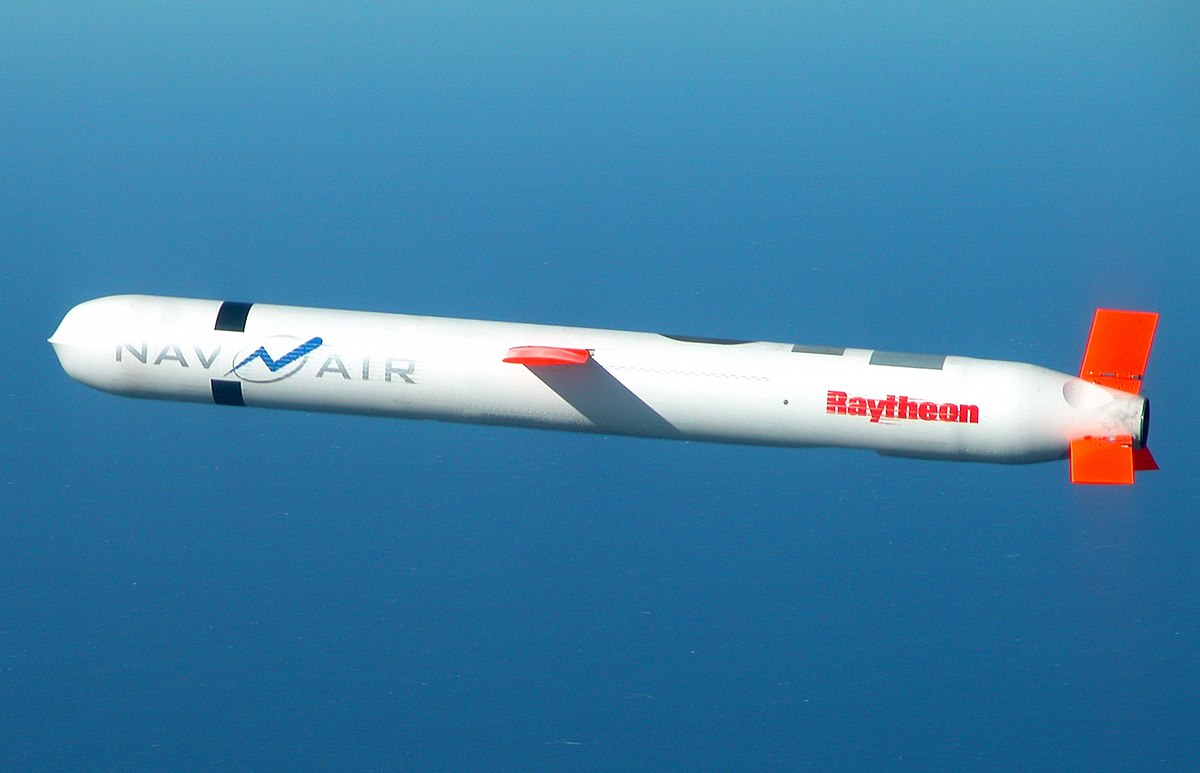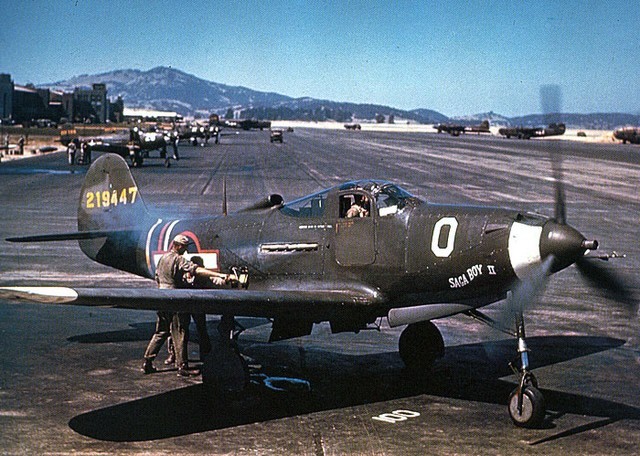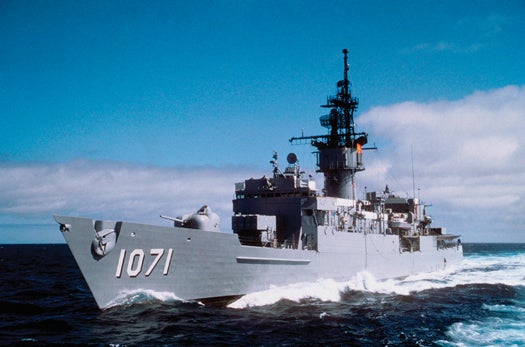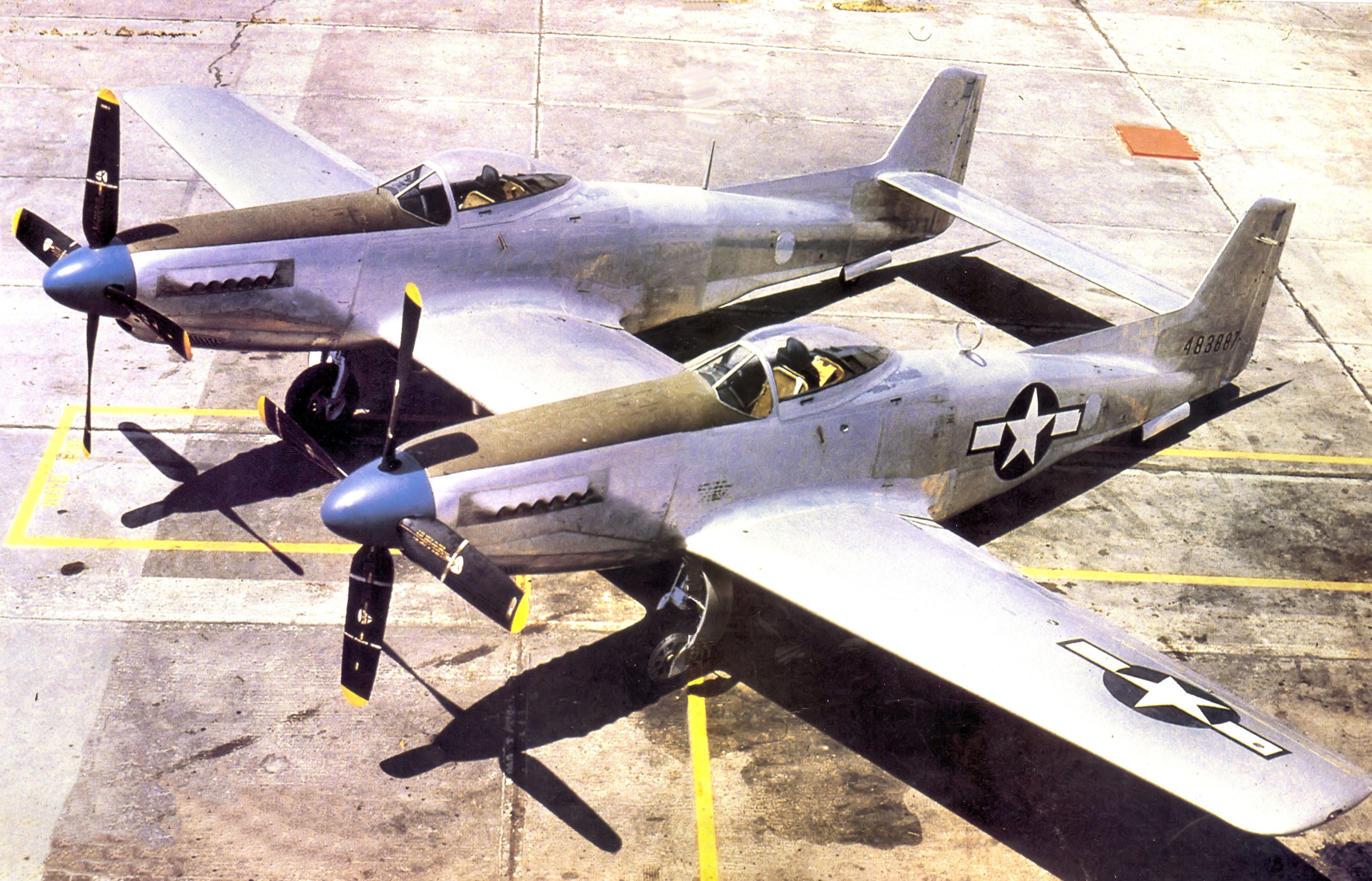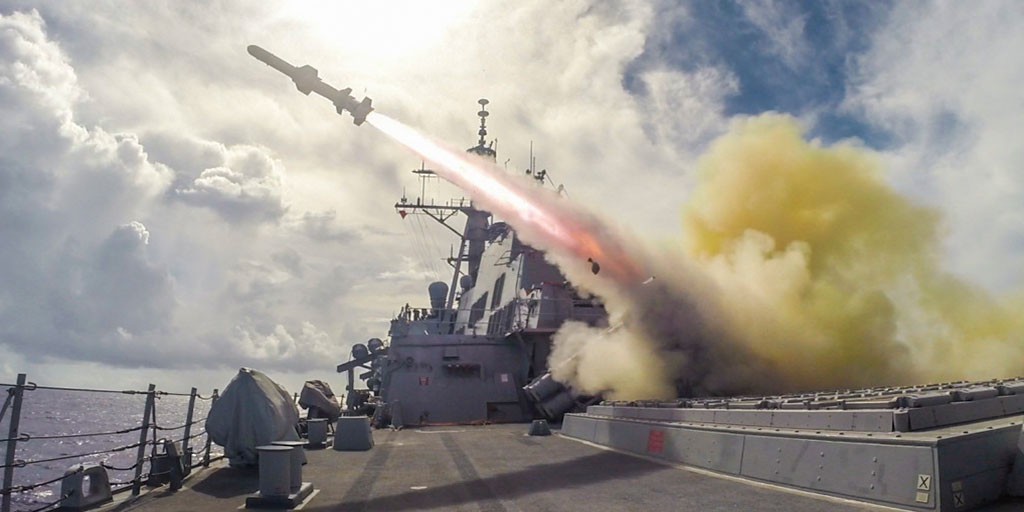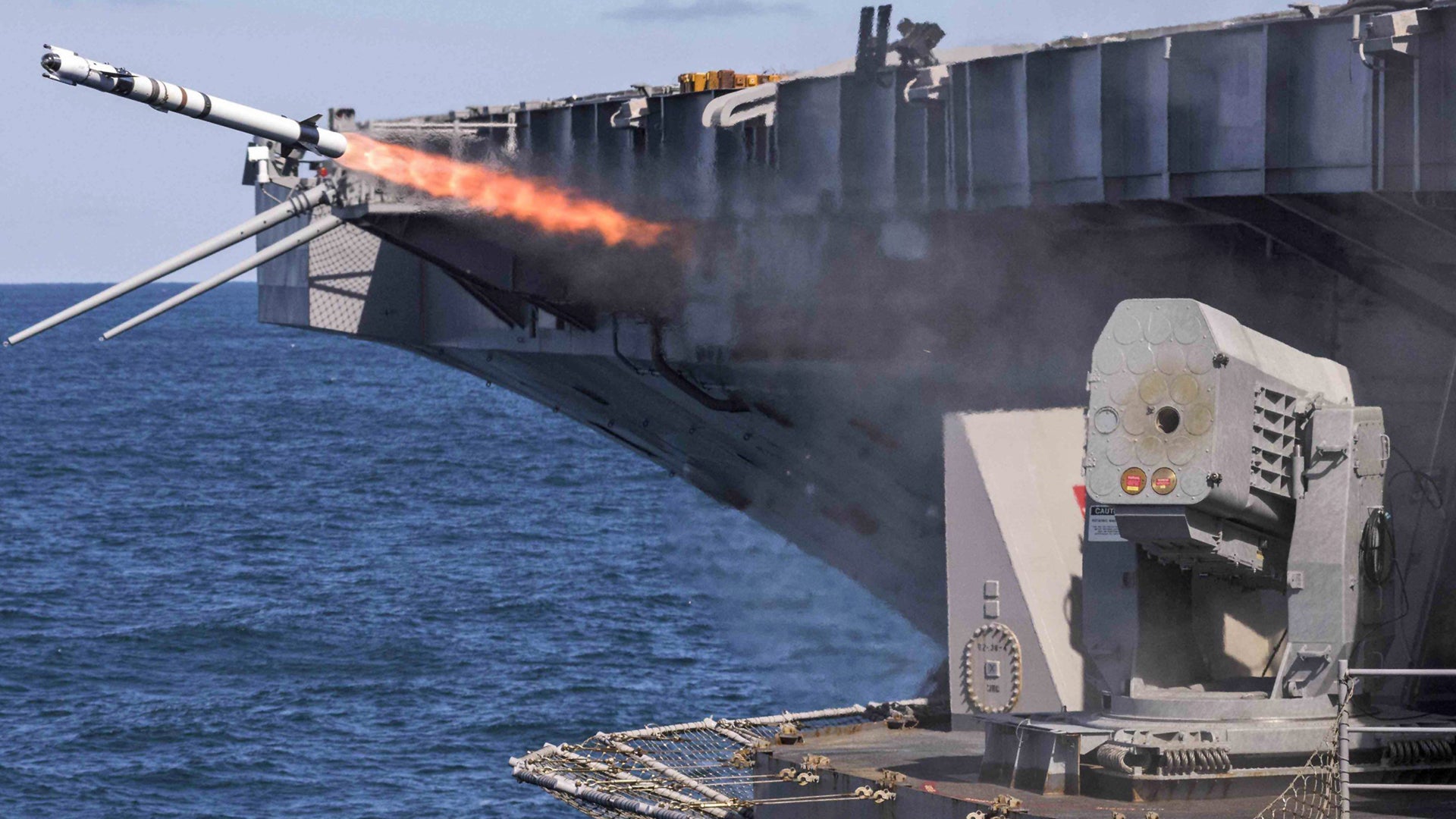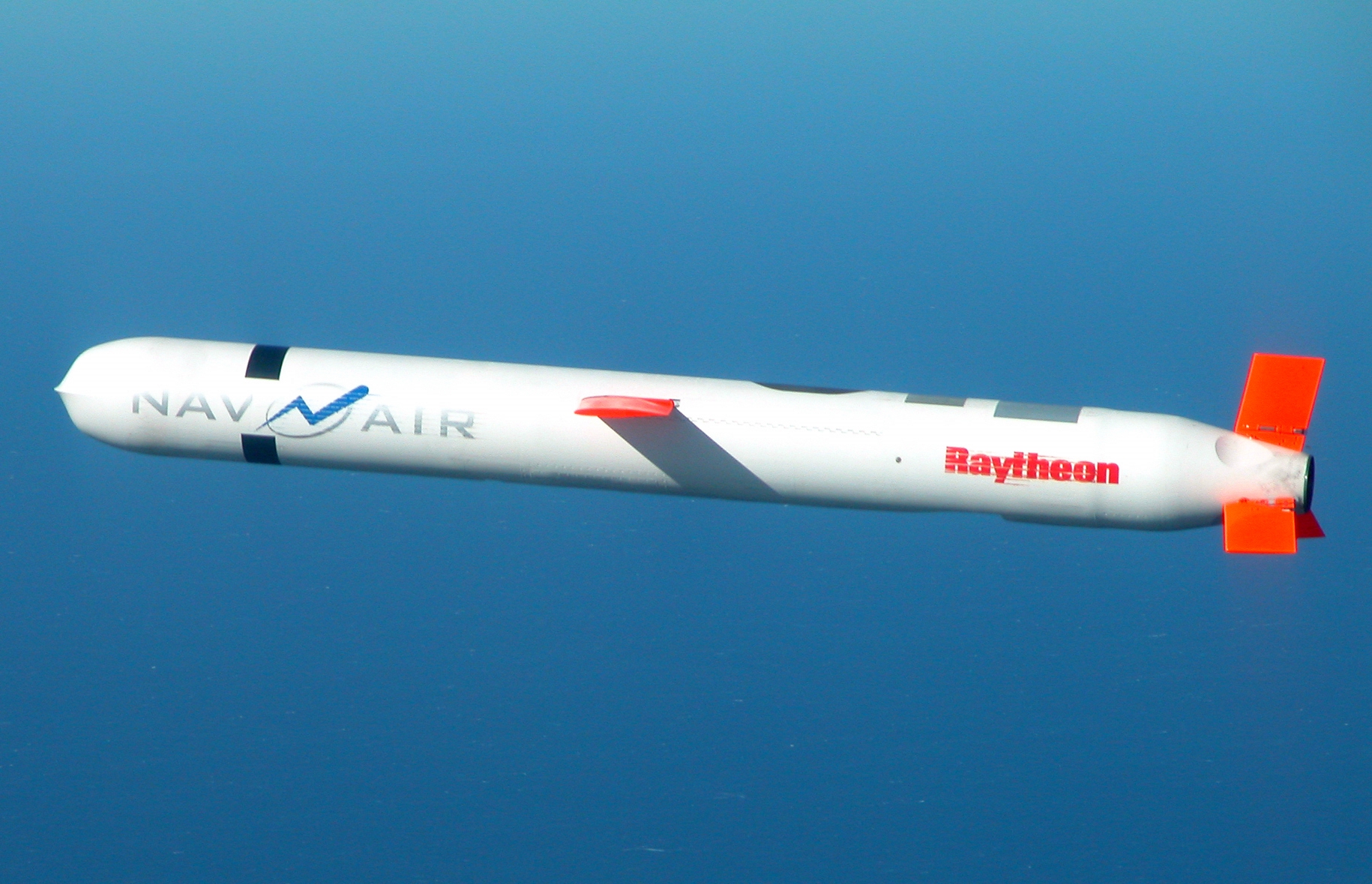Stryder50
Platinum Member
- Thread starter
- #221
Until the "Thach Weave" was employed, then the F4F Wildcat began to have a match to the Arm Zeke/"Zero";True, the poor F4F was still trying to fly tail to tail with the zero and was being eaten up. The flying Tigers brought those tactics into the Pacific and things changed.
...
The Thach weave (also known as a beam defense position) is an aerial combat tactic that was developed by naval aviator John S. Thach and named by James H. Flatley of the United States Navy soon after the United States' entry into World War II.
It is a tactical formation maneuver in which two or more allied planes wove in regularly intersecting flight paths to lure an enemy into focusing on one plane, while the targeted pilot's wingman would come into position to attack the pursuer.
...
Overcoming the Wildcat's disadvantage
Thach had heard, from a report published in the 22 September 1941 Fleet Air Tactical Unit Intelligence Bulletin, of the Japanese Mitsubishi Zero's extraordinary maneuverability and rate of climb. Before even experiencing it for himself, he began to devise tactics meant to give the slower-turning American Grumman F4F Wildcat fighters a chance in combat. While based in San Diego, he would spend every evening thinking of different tactics that could overcome the Zero's maneuverability, and would then test them in flight the following day.[citation needed]Working at night with matchsticks on the table, he eventually came up with what he called "beam defense position", but which soon became known as the "Thach weave". The theory behind the beam attack was predicated on the 2-plane element of the finger-four formation. It was executed either by two fighter aircraft side-by-side or by two pairs of fighters flying together. When an enemy aircraft chose one fighter as his target (the "bait" fighter; his wingman being the "hook"), the two wingmen turned in towards each other. After crossing paths, and once their separation was great enough, they would then repeat the exercise, again turning in towards each other, bringing the enemy plane into the hook's sights. A correctly executed Thach weave (assuming the bait was taken and followed) left little chance of escape to even the most maneuverable opponent.[citation needed]
Thach called on Ensign Edward "Butch" O'Hare, who led the second section in Thach's division, to test the idea. Thach took off with three other Wildcats in the role of defenders, O'Hare meanwhile led four Wildcats in the role of attackers. The defending aircraft had their throttles wired (to restrict their performance), while the attacking aircraft had their engine power unrestricted – this simulated an attack by superior fighter aircraft.[1]
Trying a series of mock attacks, O'Hare found that in every instance Thach's fighters, despite their power handicap, had either ruined his attack or actually maneuvered into position to shoot back. After landing, O'Hare excitedly congratulated Thach: "Skipper, it really worked. I couldn't make any attack without seeing the nose of one of your airplanes pointed at me."
...
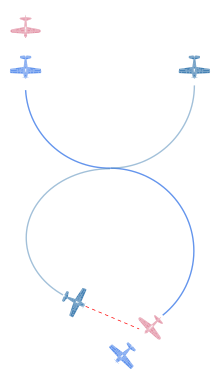
Thach Weave - Wikipedia
BTW, still a valid air combat tactic, in some cases.
Last edited:

